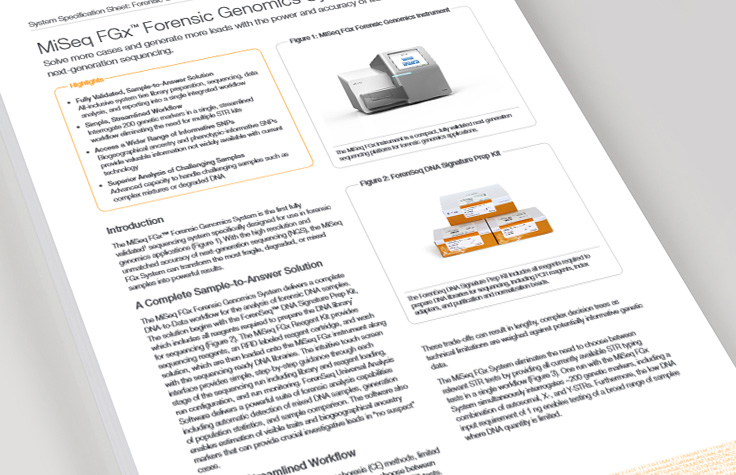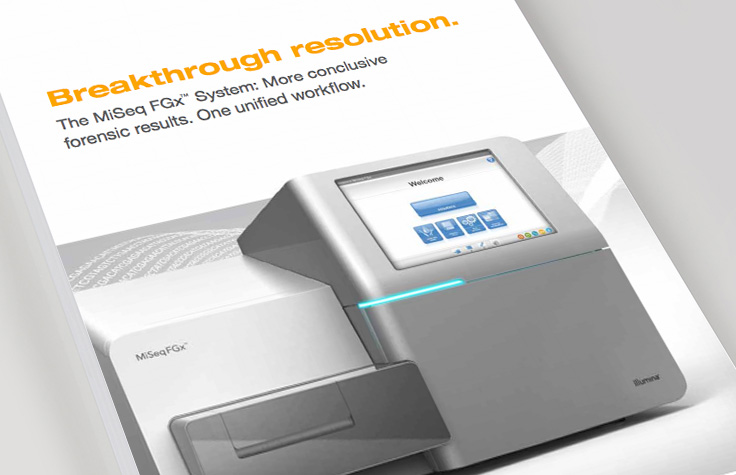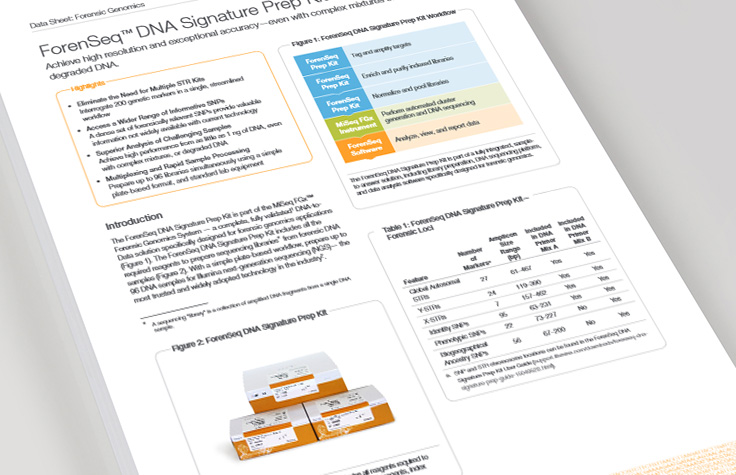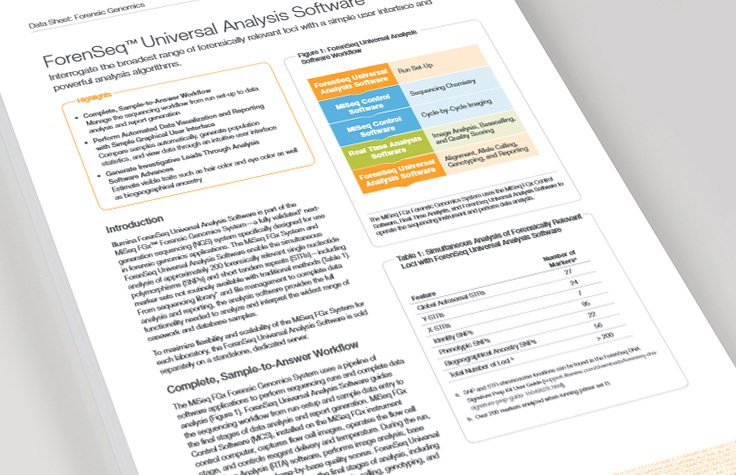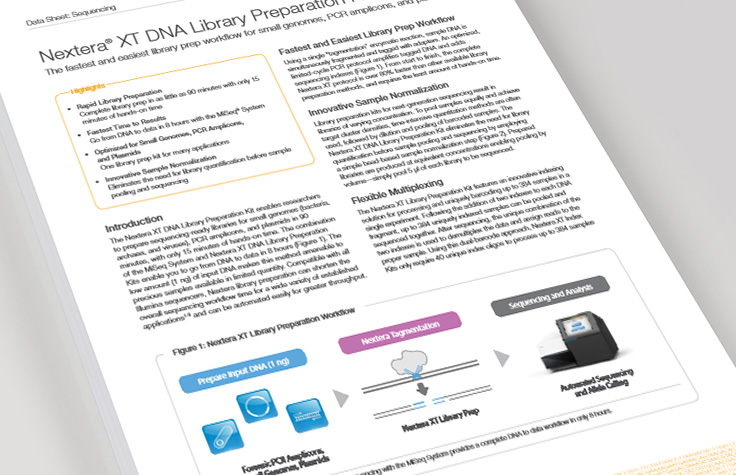Forensic Genomics Resources
Application and Tech Notes
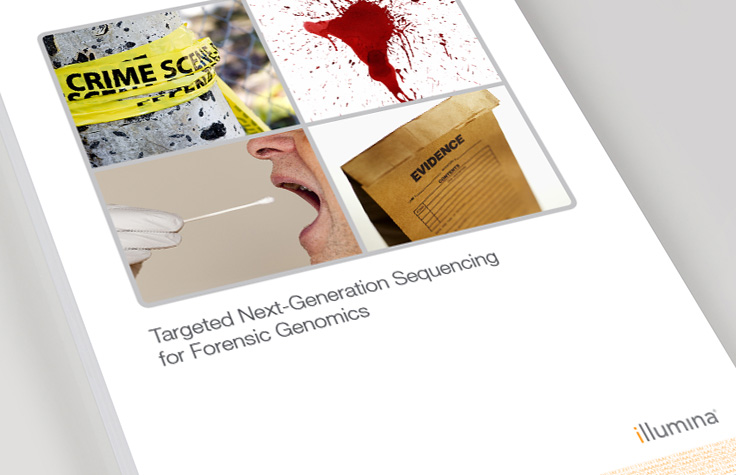
Targeted NGS for Forensic Genomics
Learn how Illumina next-generation sequencing (NGS) works, and how it's furthering forensic science.
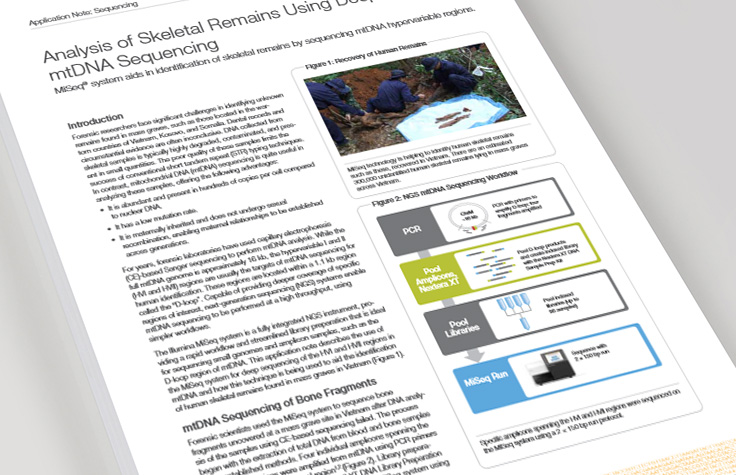
Analysis of Skeletal Remains
Find out how deep mitochondrial DNA (mtDNA) sequencing is being used to identify skeletal remains.
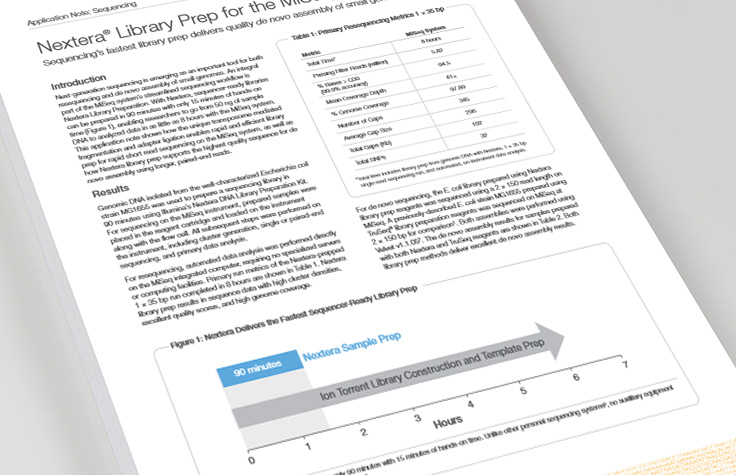
Nextera Library Prep for the MiSeq System
Fast library prep delivers quality de novo assembly of small genomes.
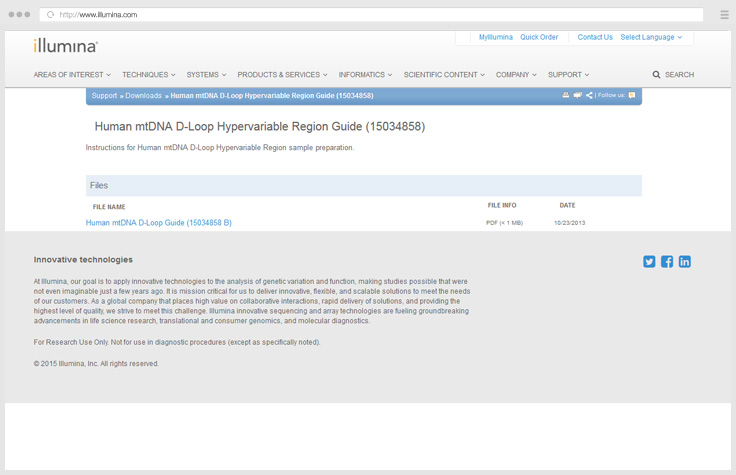
Protocol: mtDNA Hypervariable Region
Instructions for human mtDNA D-loop hypervariable region sample preparation.
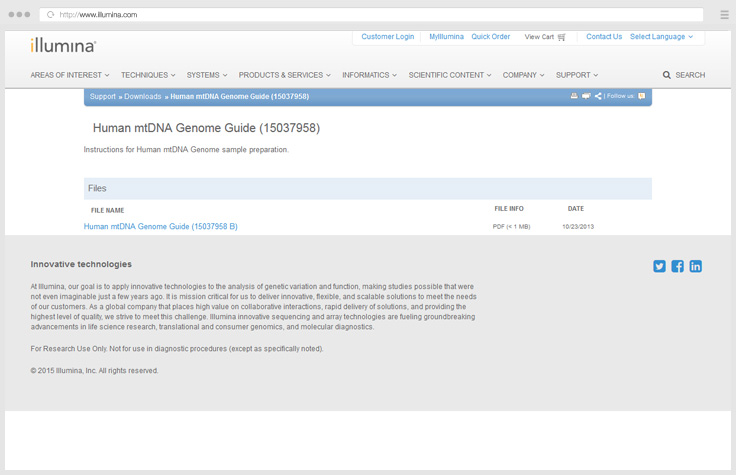
Protocol: Human mtDNA Genome
Instructions for human mtDNA genome sample preparation.
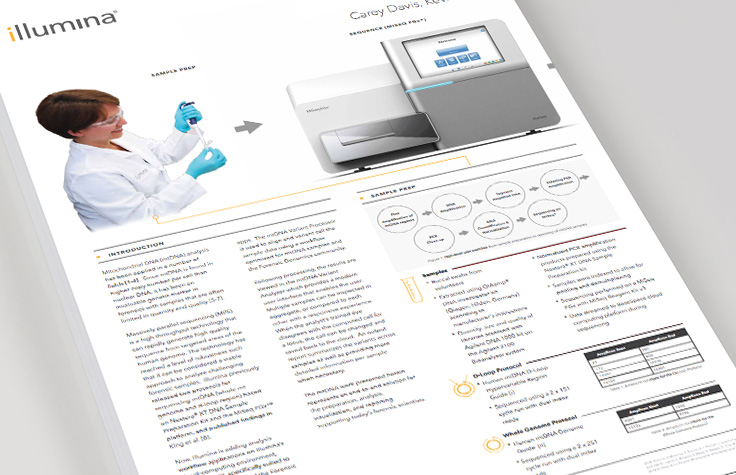
mtDNA Poster
Improved human mtDNA analysis using NGS and cloud-based computing and storage.
Case Studies and Interviews
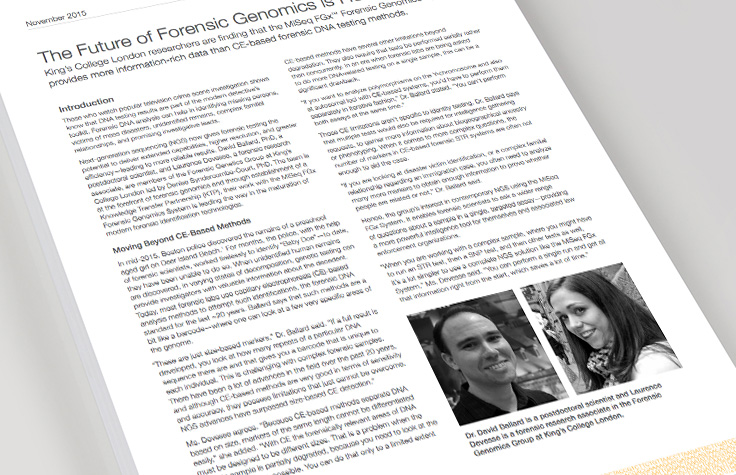
Future of Forensic Genomics
Researchers use NGS to obtain more information-rich data and answer more complex forensic questions.
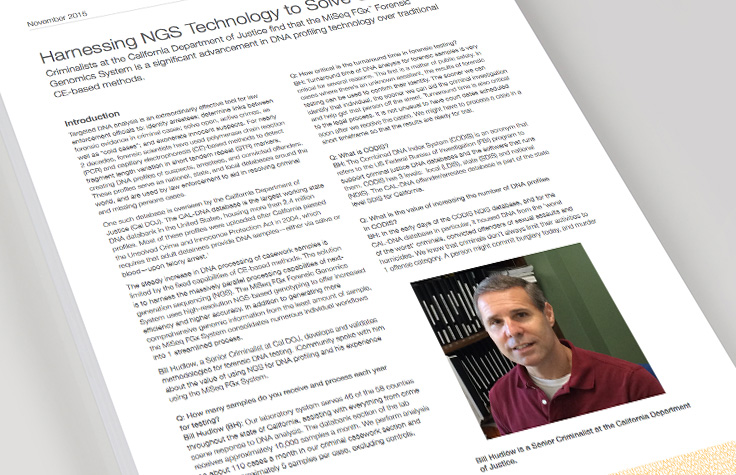
Harnessing NGS to Solve Crimes
Criminalists use MiSeq FGx for high-resolution DNA profiling to build better forensic DNA databases.
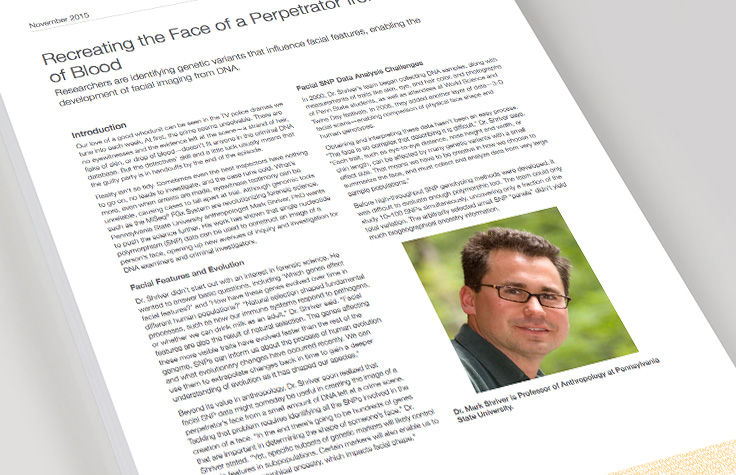
Recreating a Face Based on DNA
Researchers identify genetic variants that influence facial features to enable facial imaging from DNA.
Brochures and Product Literature
Articles

Developmental Validation of NGS
Learn about the advantages of targeted NGS and view the data validating the MiSeq FGx System in this Forensic Magazine article.
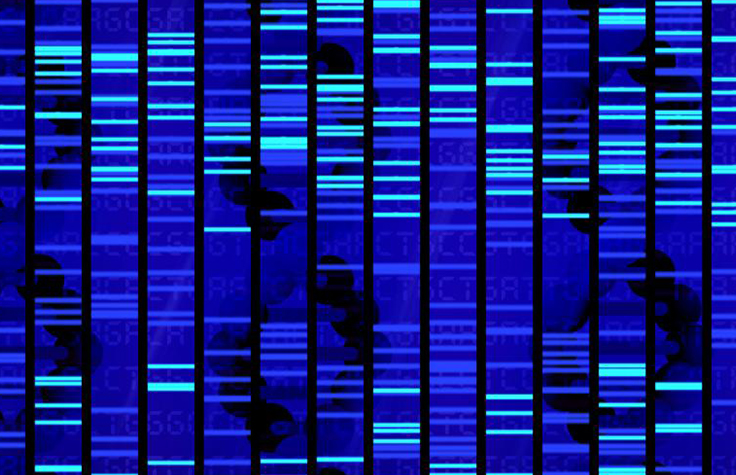
Analyzing Unknown Human Remains
Learn about the potential of NGS to solve cold missing persons cases and identify unknown human remains.
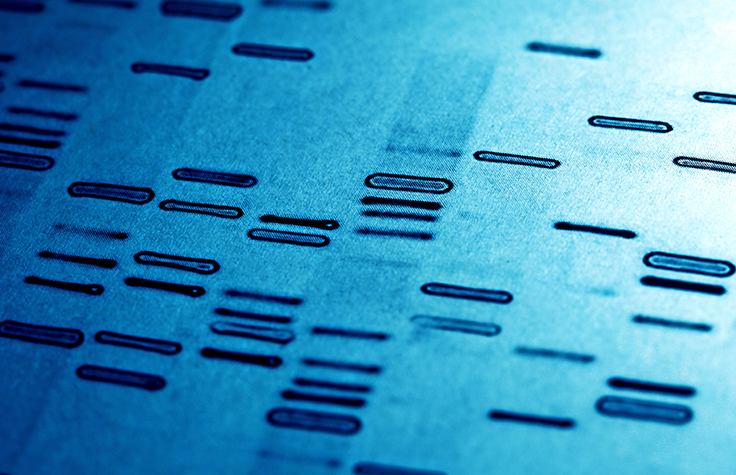
NGS Overcomes Limitations in Forensic Genomics
In forensic work, the smallest detail can make the difference in solving a crime.
Videos
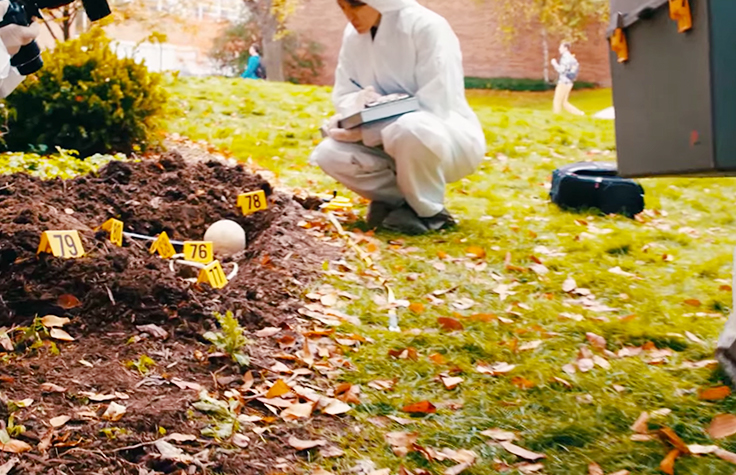
Adopting MPS
Hear from experts in the field how massively parallel sequencing (MPS) is paving the way ahead, and why now is the time to adopt it.
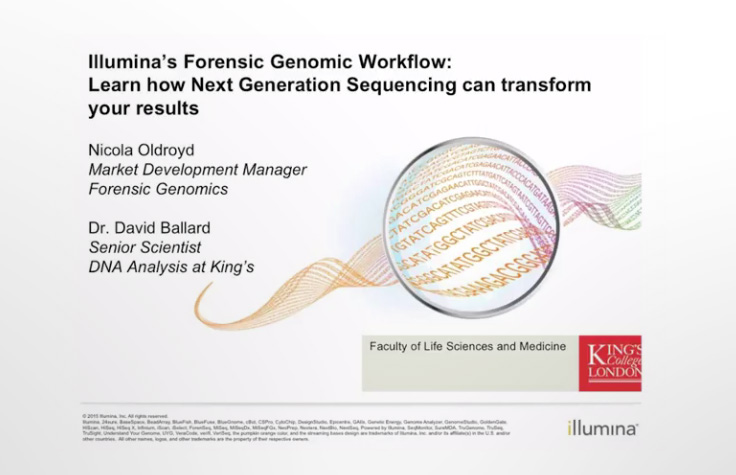
Forensic Genomics Webinar
Learn how the Illumina forensic genomics workflow can transform forensic applications.
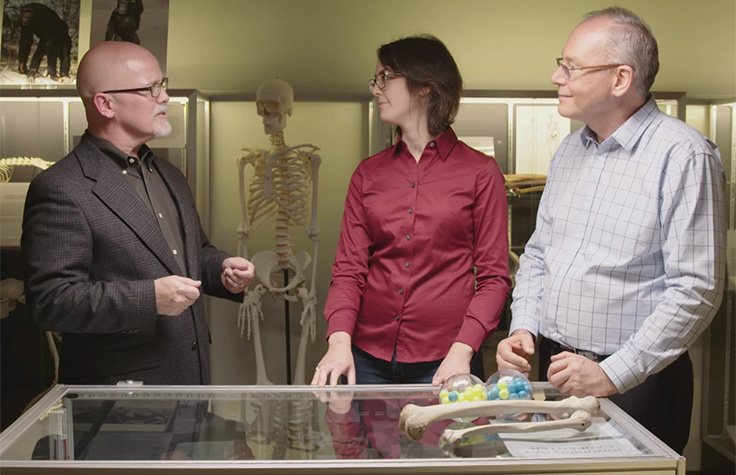
mtDNA Heteroplasmy
Dr. Mitch Holland of Penn State explains how NGS is helping us realize the power of mtDNA heteroplasmy.
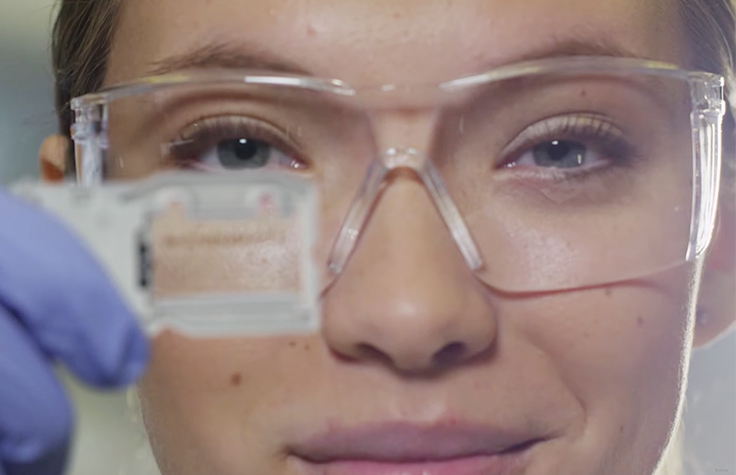
Take a Genomic Leap Forward in Forensic Science
The MiSeq FGx System is the first fully validated NGS solution designed exclusively for forensic science.
